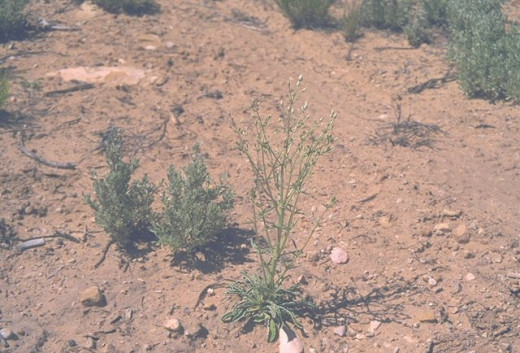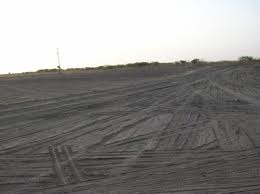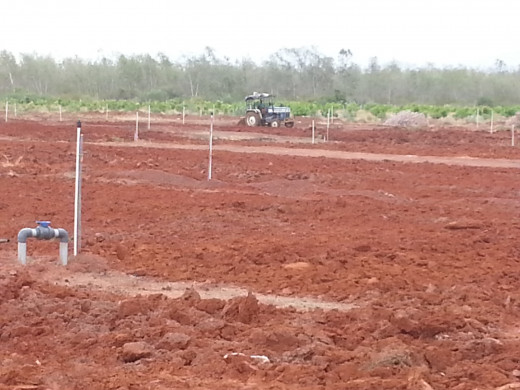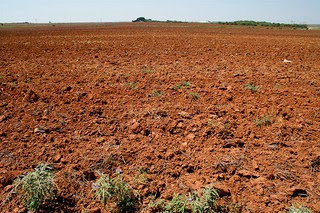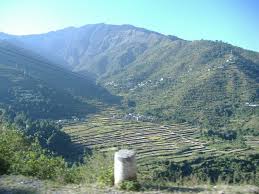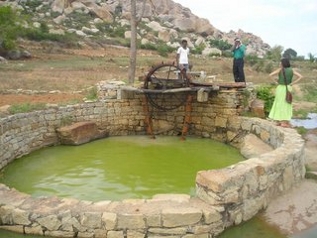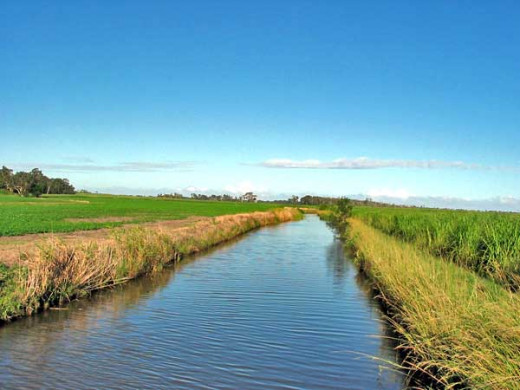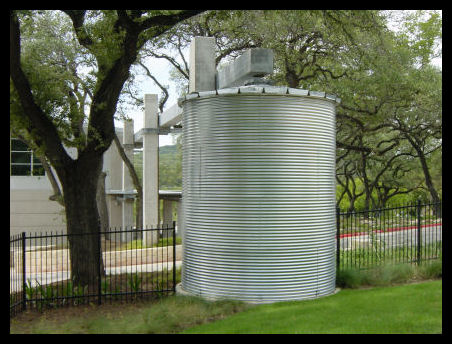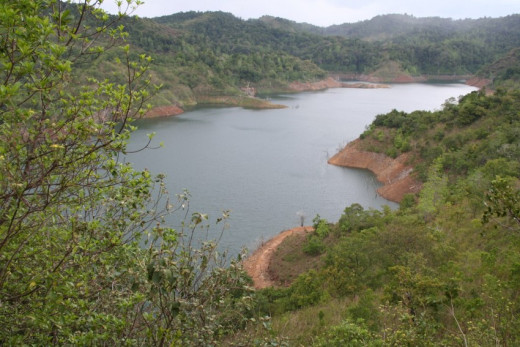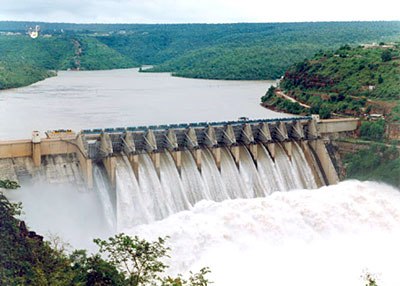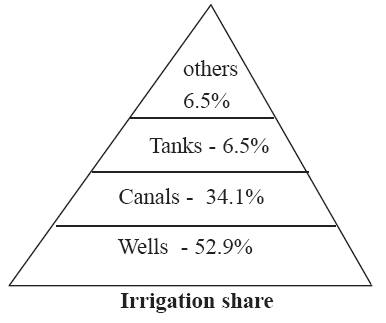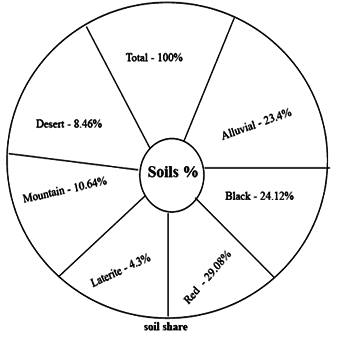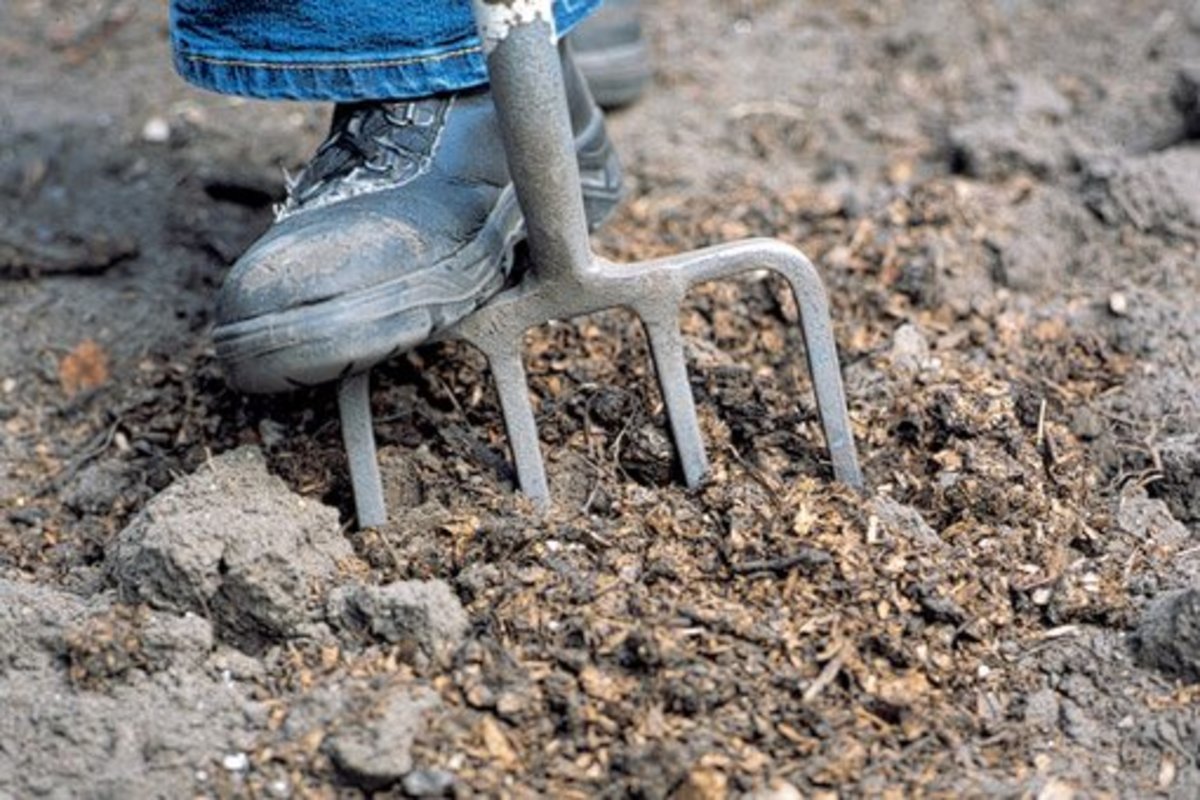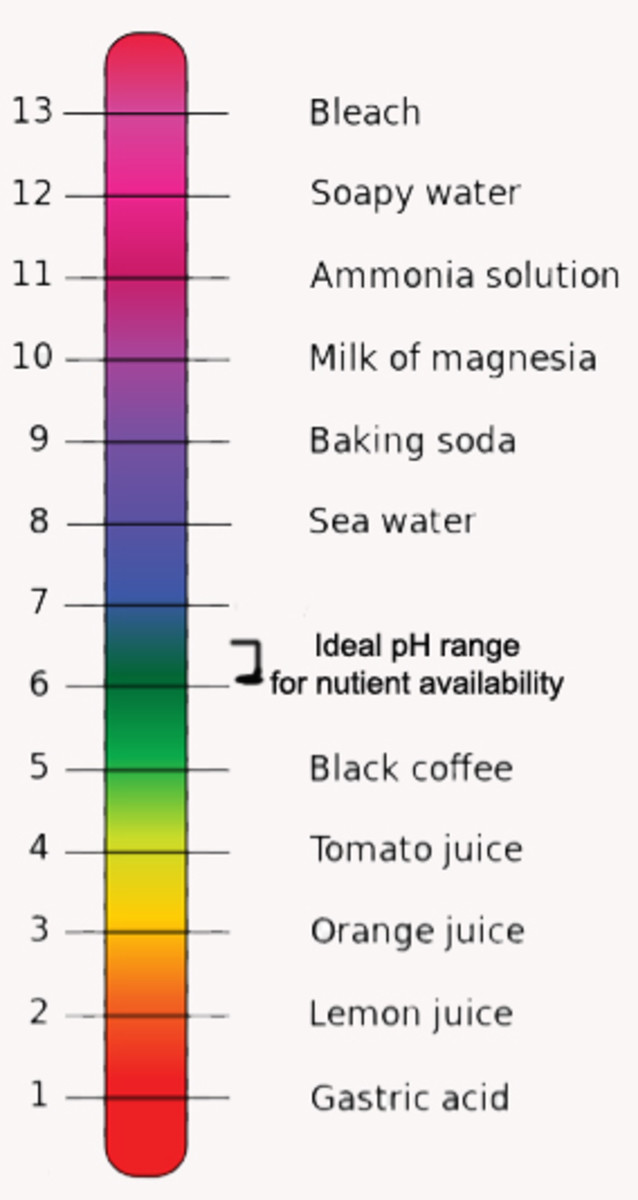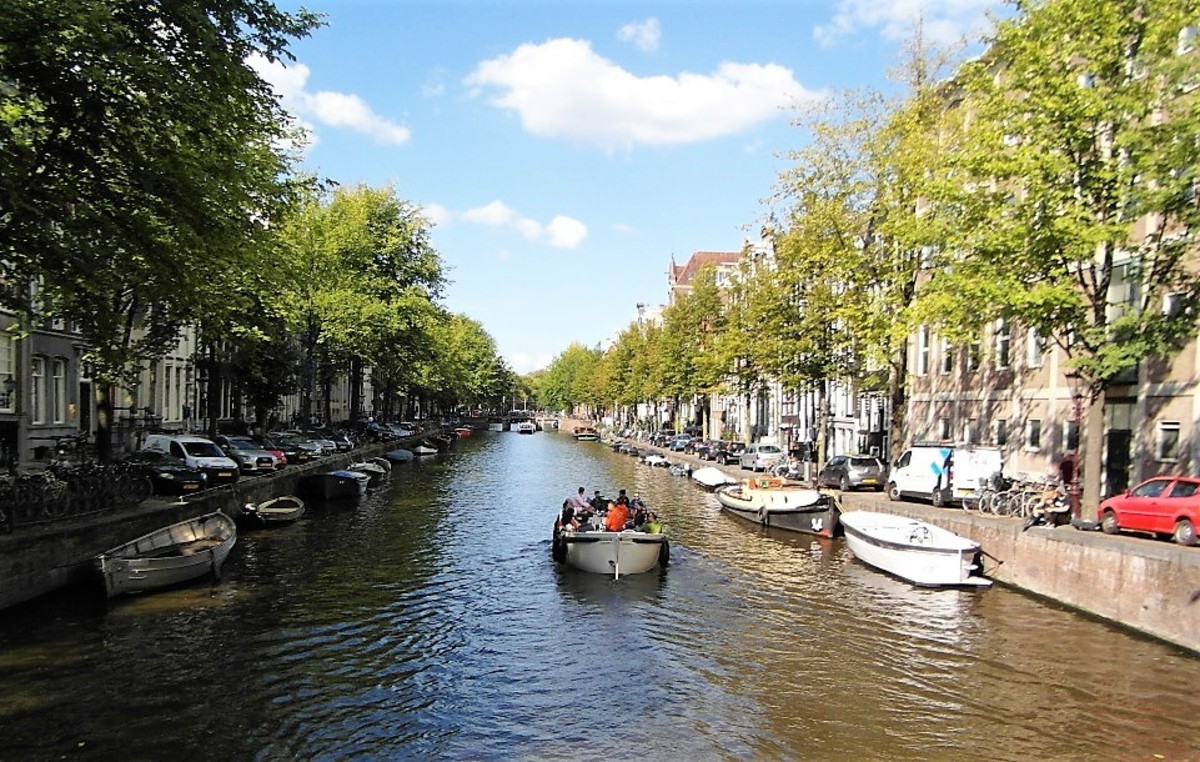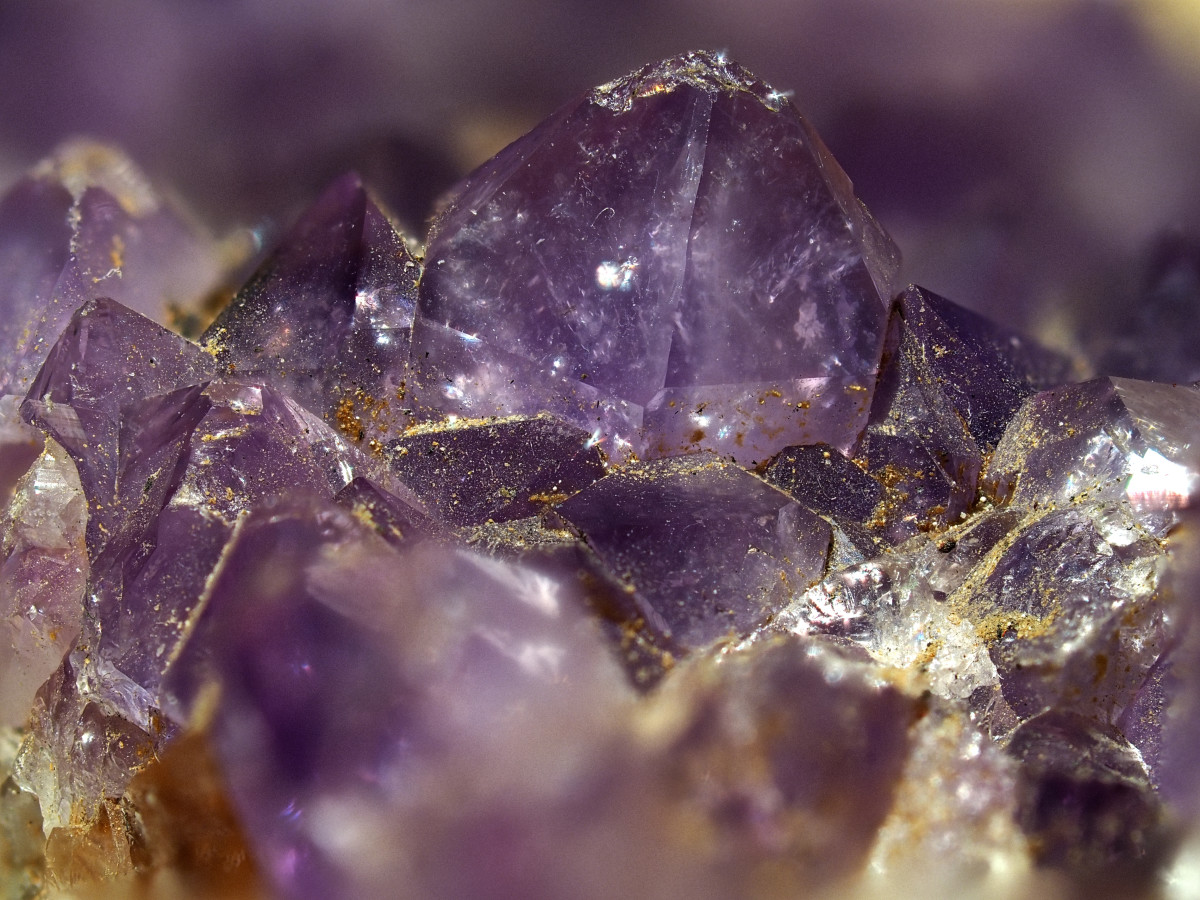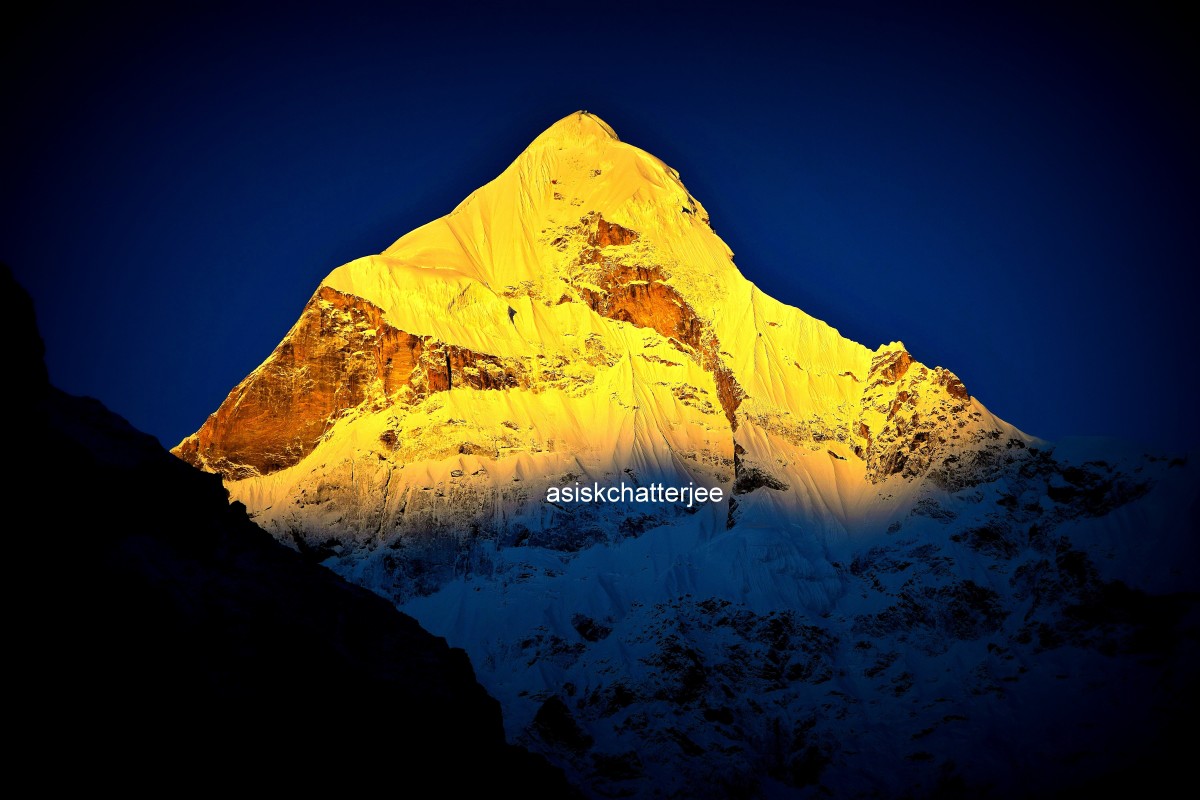Soils-Irrigation-Power in India
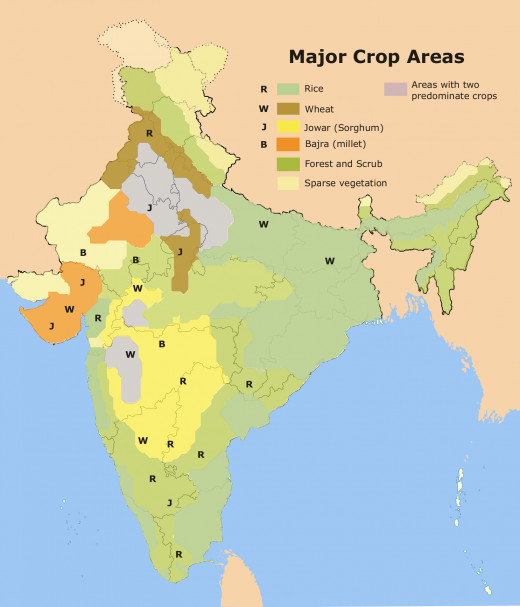
Since India is an agricultural country the soils play an important role in the economy. We depend on the soil for our livelihood. Every part of food comes farm soils except a little The variety of soils enables the farmers to grow almost all types of crops, Fruits and Vegetables.
Unless plenty of Water resources are available, the soils only can't make us happy. Most of Indian people are farmers and rain is the chief source of their agriculture. Irrigation methods such as canals, wells, irrigation tanks, reservoirs and projects are useful to a large extent in the wet as well as dry areas though many steps are taken, still a lot of rain water is wasted due to lack of proper storage. The pressure on our limited water resources is going to increase in future and will not allow us to be peaceful.






Indian Soil
Soils are the important natural resources. The nutrients required to the plants are provided by soils. The soils cover much of the earth's land surface on which all thing organisms depend. The natural process of breaking up of rocks or weathering leads to the formation of the soil. It is a slow process and takes thousand of years. The loose material on the upper layer of the mantle consists of clay and humus. It has been formed by the decomposed plant remains, animal wastes and it is an essential element in the fertility of soil.
We find 6 types of soils in India viz 1) Alluvial Soils 2) Block Soils 3) Red Soils 4) Laterite Soils 5) Desert Soils and 6) Mountain soils
Alluvial Soils: The flowing rivers carry a fine material called alluvium or silt with them and deposit it along the river banks. It is called 'Alluvial soil'. The Alluvial soils are very fertile. Many crops are grown in these soils. These soils are found in the Indo Gangetic Plains covering from Punjab to Asom. We see these soils in the coastal plains and river valleys of Narmada, Tapati, Mahanadi, Godavari and Cauvery. On the Peninsular Plateau.Rice, Wheat, Sugarcane and jute grow in these soils.
Black (Cotton) Soils: In India the Black cotton Soils are seen in the Deccan Plateau including parts of Maharashtra, Madhya Pradesh, Gujarat, Andhra Pradesh, Karnataka and Tamil Nadu. The Soil is ideal for the crops like Cotton, Sugarcane, Wheat and Jowar.
Red Soils: These Soils are widely distributed in Southern India South Eastern Maharashtra, Chattisgarh, Parts of Odisa and Jharkhand. Rice, Jowar, Bajra etc are grown on these soils Rice is grown in good watered areas only.
Laterite Soils: These soils are also little red on colour and have less fertility. We find these, soils in the Western Ghats, the Chota Nagapur Plateau and parts of all South Indian states, Odiya, West Bengal and Asom.
Desert Soils: These are Sandy soils found mostly in the dry areas of Western Rajasthan, Southern Punjab and Haryana.
Mountain Soils: There soils are found along the slopes of Himalayas and other mountain ranges of North India. These soils are coarse and well drained.
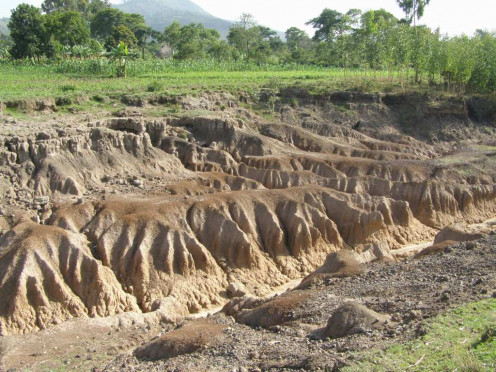
Soil Erosion: Though there is a variety of Soils and crops in India, We are facing a major problem concerned to the soils, that is 'Soil erosion'. Now a days the soil erosion is frightening the farmers as well as the governments. 'Soil erosion' can be understood as the detachment and transportation of soil by the agents like running water, rain, wind, animals (over grazing) and men (deforestation, faulty methods of farming).
These are various types of soil erosion namely Sheet erosion, Gully erosion, Rill erosion, Wind erosion etc. The only way to check the soil erosion is to plant trees, grabs and shrubs on the barren soils. The contour bunding, strip farming, controlled grazing,
preservation of hill slope forests etc will help to avoid soil erosion.







Irrigation in India
Irrigation Potential is created after heavy expenditure on construction of head works,
various types of canals and many other works. Canals, tanks and different types of wells are serving the purposes of agriculture besides domestic needs.
Well Irrigation: Well irrigation is the most traditional method of irrigation. Wells provide water to the fields with the help of motors, electrical pump sets and other traditional methods. On total well irrigation accounts 52.9% of the total irrigated land in India.
Canal Irrigation: Canals are the most important source of irrigation not only in India, but in the world. In India we find two basic types of canals. They are 1) Inundation canals and 2) Perennial Canals. The total irrigated areas under canals is around 34%.
Tank Irrigation: In the areas of uneven land rain water gets collected in the hollows of lowlands forming natural water tanks. This stored water irrigates fields and fulfil the needs of the cattle in the fields. Tank irrigation accounts around 6% of the total irrigation area. Irrigation through tanks is very popular in Deccan Plateau and South India. In ancient India the tank digging was considered as equivalent to 'Aswamedha Yaga' by the donors.
Storage of Water: Along the course of a river, huge concrete walls called dams are built. Which stop the flow thus forming reservoirs behind these dams. These reservoirs are useful to store water and to divert to canals to irrigate the fields. Water from the reservoir is arranged to flow from a high level to the ground level. The energy from this water force is used to generate power Apart from that, dams also help in controlling floods in the river basins.
Multi Purpose Projects: The river valley projects (dams) which serve a number of purposes simultaneously like irrigation, power supply, drinking water etc. can be called 'Multi purpose projects'. Bhakra Nangal is the biggest multi purpose project in India. The others are Nagarjuna Sagar, Beas, Ramganga, Tungabhadra, Kosi, Damodar, Hirachud etc.

